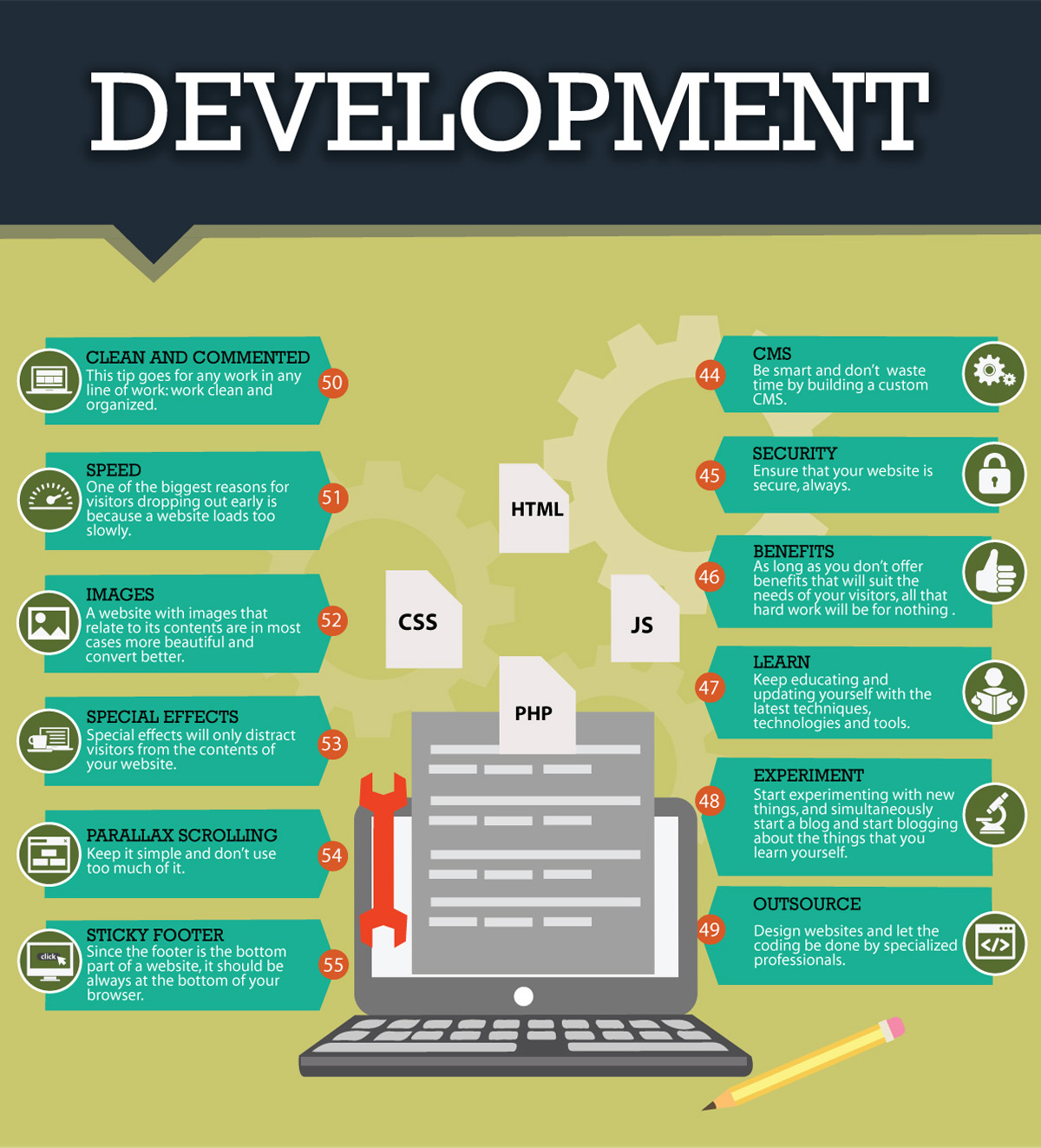The Evolution Of Web Site Layout: From Past To Present
The Evolution Of Web Site Layout: From Past To Present
Blog Article
Composed By-Kinney Molina
In the past, sites were simple and concentrated on information. Navigating was direct, and design was for desktops. Now, user experience is vital. please click the up coming article guides layouts for simple navigating. Receptive designs suit different devices. Today, dark mode minimizes strain, and minimal food selections boost navigation. Interactive attributes engage individuals, and vibrant visuals stand apart. AI integration improves engagement. See just how style has evolved to enhance your on the internet trip.
Early Days of Web Design
In the very early days of web design, simpleness reigned supreme. Internet sites were basic, with restricted colors, font styles, and layouts. The focus was on providing details rather than showy visuals. Individuals accessed the net through slow-moving dial-up links, so speed and functionality were crucial.
Navigation menus were straightforward, commonly situated on top or side of the page. Internet sites were developed for desktop, as mobile surfing had not been yet prevalent. Content was king, and designers prioritized simple readability over complicated design elements.
HTML was the main coding language made use of, and developers had to work within its restrictions. Computer animations and interactive attributes were minimal contrasted to today's standards. Sites were fixed, with little vibrant web content or tailored individual experiences.
Increase of User-Focused Layout
With the development of internet site layout, a shift in the direction of user-focused design concepts has actually ended up being progressively popular. Today, producing sites that focus on user experience is important for involving visitors and achieving business objectives. User-focused design entails understanding the requirements, preferences, and habits of your target audience to customize the internet site's design, material, and includes as necessary.
Designers currently conduct extensive research study, such as individual surveys and use testing, to collect insights and feedback directly from individuals. This data-driven technique assists in developing instinctive navigating, clear calls-to-action, and aesthetically enticing interfaces that resonate with visitors. By placing the individual at the center of the layout process, sites can provide a more personalized and enjoyable experience.
Responsive design has additionally emerged as an essential aspect of user-focused design, making sure that sites are optimized for various tools and display sizes. This adaptability improves accessibility and usability, dealing with the varied ways users interact with websites today. Fundamentally, the increase of user-focused layout signifies a change in the direction of producing electronic experiences that focus on the requirements and assumptions of the end individual.
Modern Trends in Web Design
Check out the most recent trends forming web design today. https://www.mazumamobile.com/blog/general/mazuma-mobile-appoints-lancaster-agency-support-digital-marketing-strategy/ is dark setting layout, supplying a smooth and contemporary appearance while lowering eye pressure in low-light settings. One more vital fad is minimalist navigation, simplifying food selections and enhancing individual experience by concentrating on essential elements. Including micro-interactions, such as computer animated switches or scrolling effects, can create an extra interesting and interactive site. Receptive layout remains critical, ensuring smooth customer experiences throughout numerous devices. Additionally, using strong typography and asymmetrical formats can include visual passion and accentuate particular material.
Incorporating AI modern technology, like chatbots for consumer assistance or personalized suggestions, boosts user involvement and simplifies procedures. Availability has likewise come to be a significant fad, with developers prioritizing comprehensive style methods to deal with varied individual requirements. Embracing sustainability by maximizing website performance for rate and effectiveness is an additional emerging pattern in web design. Teaming up with user responses and information analytics to iterate and enhance style constantly is crucial for staying relevant in the ever-evolving digital landscape. By welcoming these modern-day trends, you can create a visually attractive, user-friendly site that resonates with your audience.
Conclusion
As you reflect on the development of site layout from the early days to currently, you can see just how user-focused layout has ended up being the driving force behind modern trends.
Accept the journey of change and adjustment in website design, constantly keeping the customer experience at the leading edge.
Remain existing with the latest fads and technologies, and never ever quit evolving your strategy to create visually sensational and easy to use internet sites.
Evolve, adapt, and develop - the future of web design remains in your hands.
